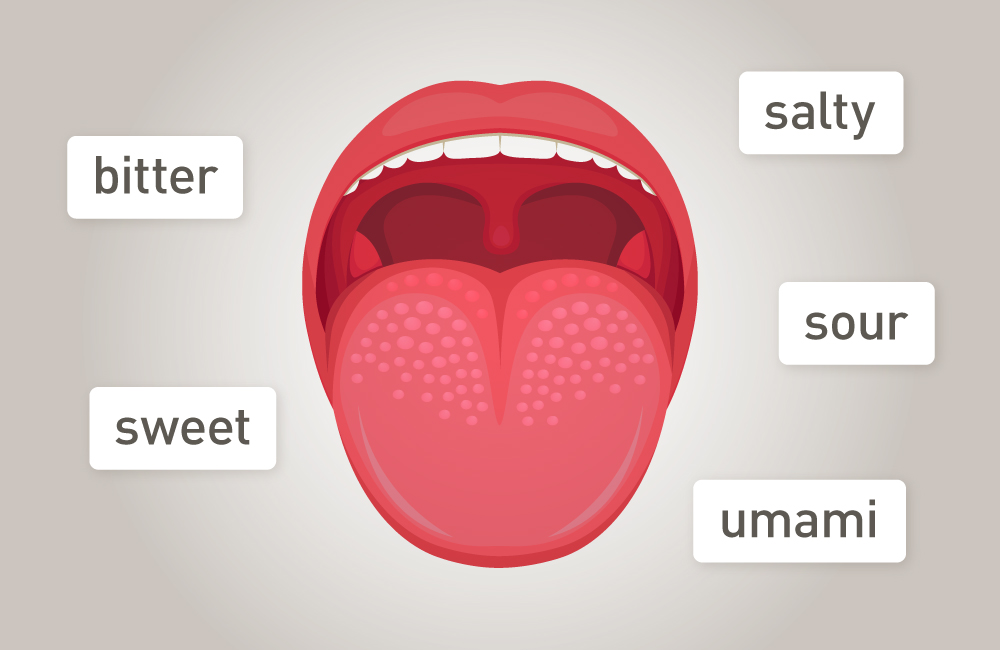A myth has persisted for more than 80 years now that maintains the human tongue is divided into different zones enabling a particular aroma to be tasted. Meaning you taste sweetness with the tip of your tongue, bitterness with the back part. The truth, however, is much simpler: You taste all aromas with the whole tongue in all areas, despite the fact that there are more taste receptors on the edge of the tongue than in the middle. There is nevertheless no fixed local assignment of tastes on the tongue.
This error is traceable to Edwin Boring, historian and psychologist at Harvard University, who in the 1940s translated the ‘Psychophysics of the Sense of Taste’ of 1901 by German physiologist David Hänig from German into English. Boring misunderstood Hänig’s theses: his research focused on which minimal amount of an aroma could still be perceived and not where which taste was located. He added a chart of the tongue to his text to illustrate this, which Boring was to misinterpret some 40 years later as the notorious chart of the tongue that still partly haunts school textbooks today. Today, however, scientists agrees that the tongue is capable of tasting any aroma anywhere on its surface.




